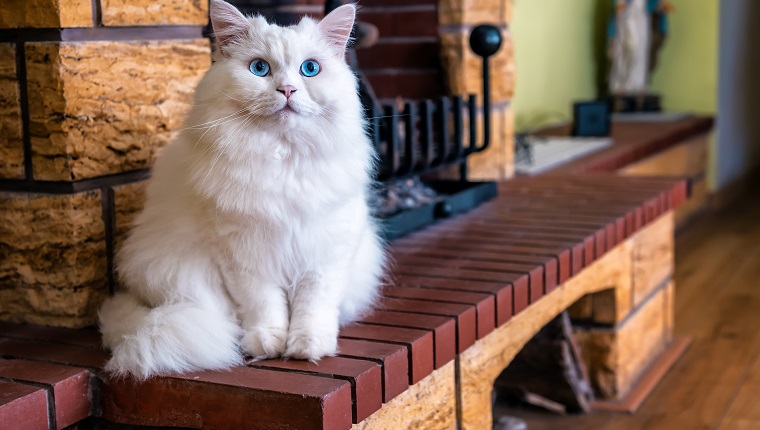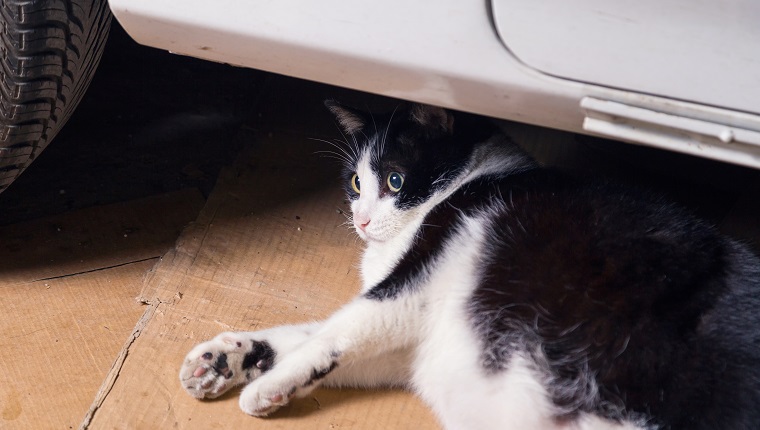Carbon monoxide poisoning in cats happens when a cat inhales the odorless gas carbon monoxide. When the gas is absorbed into a cat’s bloodstream, it prevents oxygen from being delivered to the heart and the brain.
This type of poisoning can come from a number of sources, including house fires, car exhaust fumes, and fireplaces. If a cat inhales enough carbon monoxide, it can be fatal.
If you see signs that your kitty might have inhaled carbon monoxide or is suffering from symptoms of poisoning, then you must consult your veterinarian for a proper diagnosis and course of treatment. Here’s what you should know about the symptoms, causes, and treatments of carbon monoxide poisoning in cats.
Symptoms Of Carbon Monoxide Poisoning In Cats
Carbon monoxide poisoning in cats can result in a range of symptoms. Some of the most common symptoms include:
- Seeming drowsy and sleepy
- Breathing difficulties
- Lips and ears turning red
- Acting weak
- Coughing
- Vomiting
- General flu-like symptoms
- Hearing loss
- Seizures
- Coma
Causes Of Carbon Monoxide Poisoning In Cats

The cause of carbon monoxide poisoning in cats is inhaling too large an amount of the odorless gas carbon monoxide. Some of the most common circumstances that can lead to carbon monoxide exposure:
- Being left inside a garage while a car is running
- Poorly ventilated furnaces
- Kerosene and propane heaters
- Gas water heaters and fireplaces
- Fires, including house fires
Veterinary Treatments
If you realize that your cat has been exposed to carbon monoxide, then you must call your veterinarian right away. In a lot of cases, carbon monoxide exposure is considered to be a life-threatening condition.
When providing treatment, your vet will use oxygen therapy to stabilize your cat and normalize their oxygen levels. Your vet will also make attempts to remove carbon monoxide from the bloodstream.
Generally, blood tests can help vets analyze the level of carbon monoxide exposure, while ECGs can help to check if carbon monoxide is causing any heart issues.
When your cat recovers at home, it is vital that you restrict the amount of exercise and activity that they carry out. This recovery period can often take around six weeks.
During the recovery process, make sure to consult with your veterinarian so that you can be sure that there aren’t any lingering symptoms or potential complications affecting your feline.
In general, you should make use of carbon monoxide detectors at home to keep your cat — and the rest of your family — safe.
Has your cat ever suffered from carbon monoxide poisoning? How were they exposed? Tell us all about it in the comments below.





